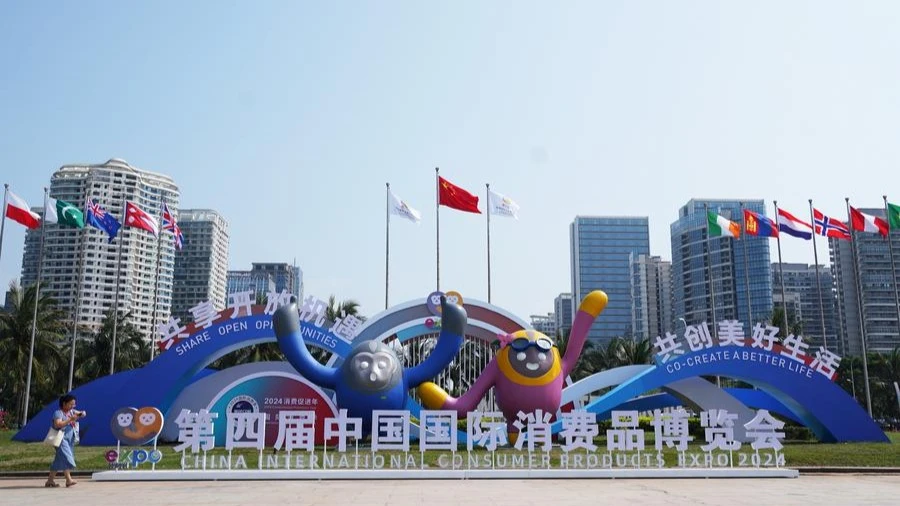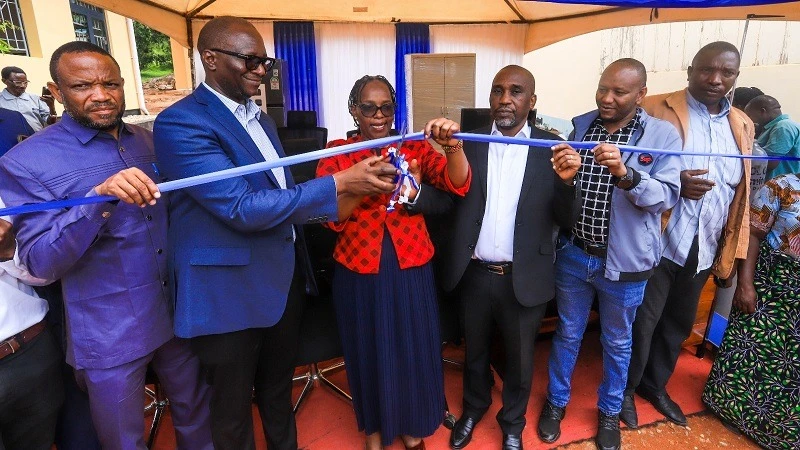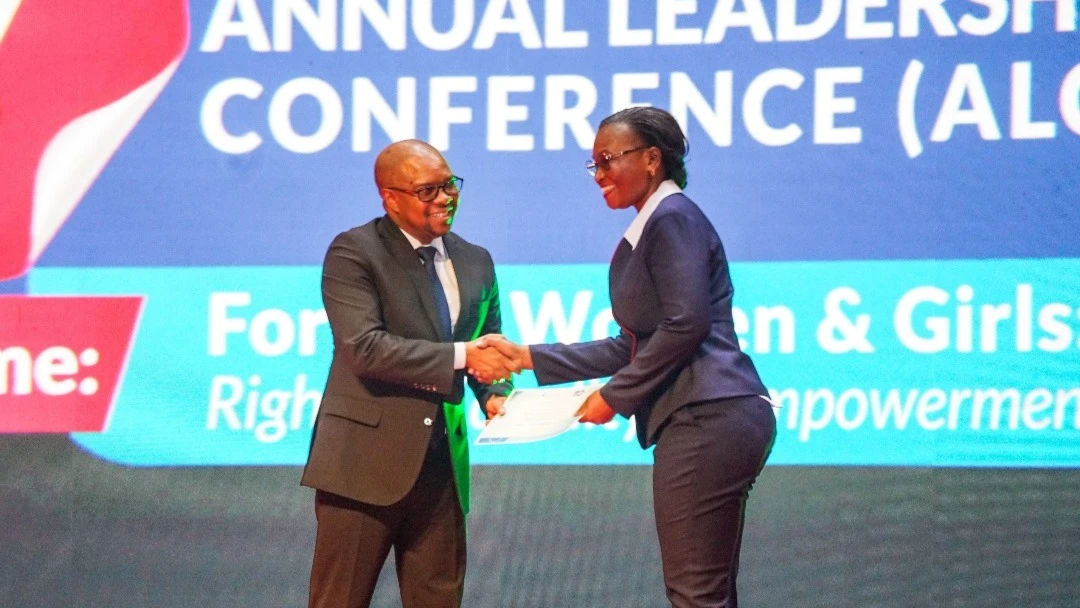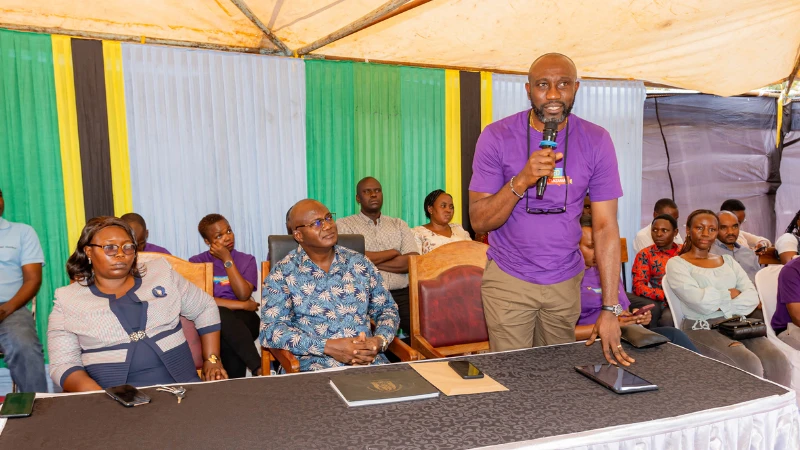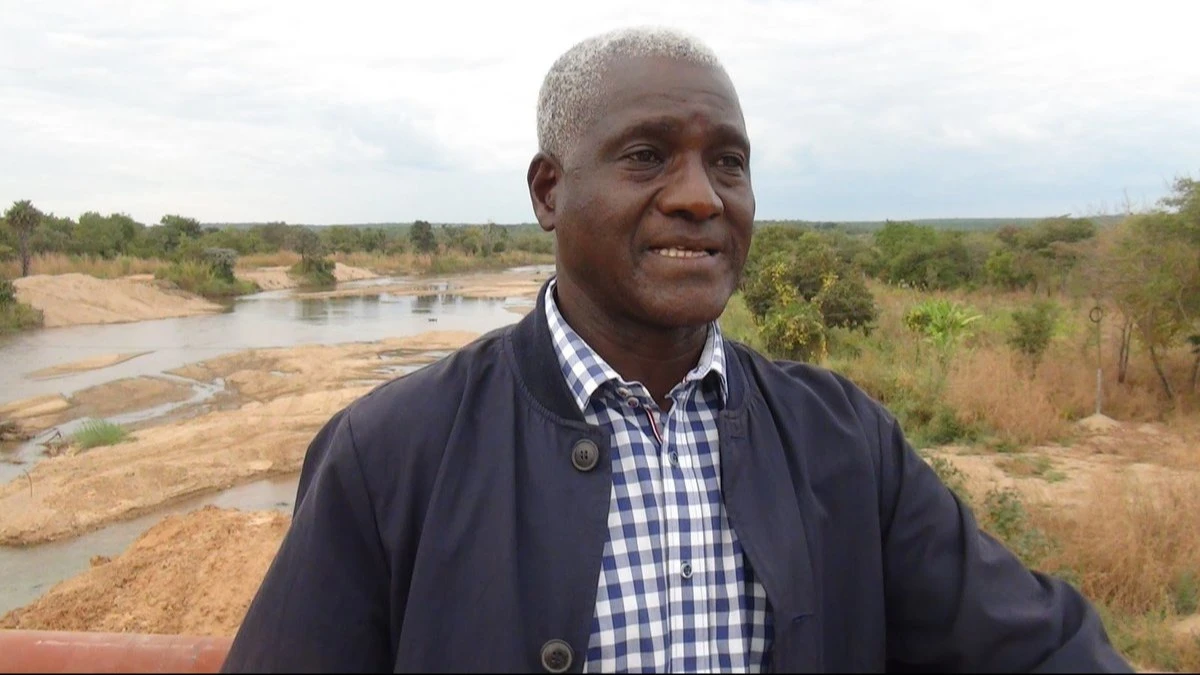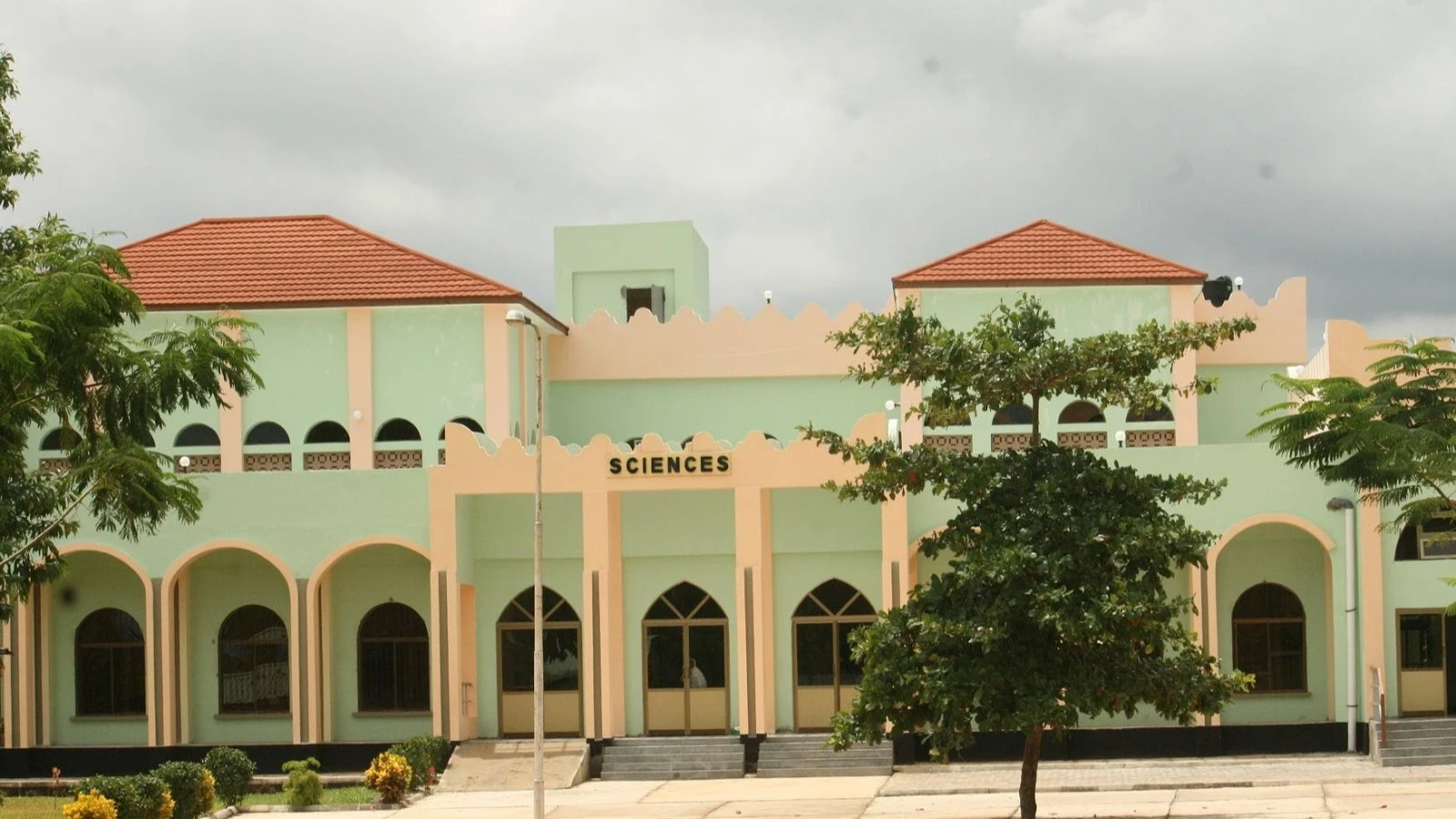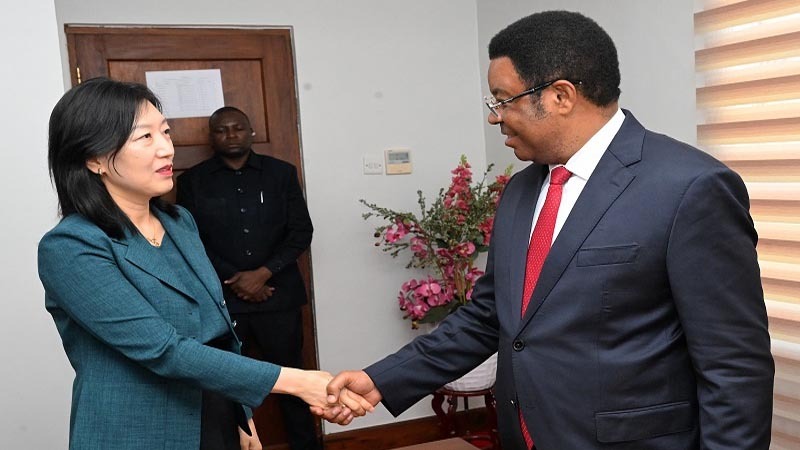BRI transforming Africa

Africa has long been a region brimming with untapped potential, yet perpetually trapped in cycles of underdevelopment. For decades, Western-led frameworks like those championed by the International Monetary Fund and the World Bank dominated the continent’s economic landscape. These models, often tied to conditional loans and structural adjustment programs, focused on austerity measures and liberalization at the expense of industrialization and infrastructure development.
They left a trail of hollowed-out industries, stagnating economies, and burdensome debts. However, the emergence of China’s Belt and Road Initiative (BRI) has ushered in a transformative era, offering African nations a fresh approach to development that prioritizes infrastructure, connectivity, and collaboration.
Launched in 2013, China’s ambitious BRI is aimed at building trade and investment links through infrastructure projects across Asia, Europe, Africa, and beyond. The initiative is reshaping Africa’s development narrative, bringing investments that address historical challenges while laying the groundwork for long-term economic growth. With over $155 billion in investments across the continent, the initiative has delivered tangible benefits, including ports, railways, roads, and energy projects that connect Africa’s fragmented markets and unlock economic potential.
The transformative power of the BRI can be seen in projects such as Kenya’s Standard Gauge Railway, which has significantly reduced travel and freight times between the port city of Mombasa and the capital, Nairobi. This $4.7 billion project, funded and constructed by China, has not only enhanced trade but also created thousands of jobs and boosted local economies along its route.
Similarly, the Addis Ababa-Djibouti Railway, another flagship BRI project connecting Ethiopia and Djibouti, has revitalized logistics in a landlocked country by cutting transportation costs and improving access to global markets. These projects demonstrate the BRI’s capacity to address Africa’s infrastructure deficit, which has long been a bottleneck to development.
Yet, the BRI has not been without its critics. Concerns about debt sustainability, labor practices, and environmental impact have been raised by various stakeholders. Critics often cite examples such as Zambia, where debt levels have spiked amid heavy borrowing for infrastructure projects.
However, these challenges should not overshadow the broader opportunities the BRI presents. Instead, they should serve as a call for African nations to engage more strategically. Governments must negotiate terms that align with their national priorities, ensure greater transparency in project selection, and actively involve local expertise to maximize benefits and address long-standing inequities.
The shift the BRI represents is particularly striking when juxtaposed with the West’s historically top-down approach to Africa’s development. While Western models often came with prescriptive policies that undermined local agency, China’s engagement is characterized by a partnership model emphasizing mutual benefits.
This approach resonates deeply across Africa, where sovereignty and self-determination are highly valued. Nigeria, for instance, has leveraged Chinese financing to expand its infrastructure base while diversifying its economic output. The Lekki Deep Sea Port, developed under the BRI framework, is set to transform Nigeria into a regional trade hub, fostering economic integration and boosting commerce across West Africa.
One of the most promising aspects of the BRI is its focus on regional connectivity. Africa has historically suffered from fragmented markets and poor intra-continental trade, with most trade directed toward Europe, Asia, or the Americas. Projects such as the Trans-African Railway and the East African Crude Oil Pipeline are fostering greater integration, reducing the cost of doing business, and enabling African nations to collaborate on shared economic goals.
These developments align seamlessly with the aspirations of the African Continental Free Trade Area (AfCFTA), which seeks to create a single market for goods and services across the continent. By bridging gaps in infrastructure, the BRI is providing the physical foundation for the AfCFTA to thrive, potentially unlocking a $3.4 trillion market.
Another significant advantage of the BRI is its emphasis on digital infrastructure, which can enable Africa to leapfrog traditional stages of development. With over 40 percent of the population under the age of 15, Africa’s youth hold the key to its future. Investments in fiber-optic networks, data centers, and smart city initiatives are equipping the continent to harness the Fourth Industrial Revolution.
For example, Huawei and other Chinese companies have been instrumental in expanding internet access and building 5G networks in countries such as South Africa and Kenya. These advancements are not only boosting connectivity but also fostering innovation in sectors such as fintech, e-commerce, and digital entrepreneurship.
However, the long-term success of the BRI in Africa depends on the continent’s ability to learn from past mistakes. Transparent governance, prudent financial management, and inclusive development practices will be critical to ensuring that the investments yield sustainable benefits.
Encouragingly, some African nations are already taking proactive steps. Ethiopia, for example, has implemented policies to improve debt management and maximize the local impact of Chinese-funded projects by prioritizing technology transfer and skills development. These measures are vital for avoiding the pitfalls of dependency and ensuring that Africa remains an active participant in its development journey.
Critics often argue that the BRI represents a new form of dependency, likening it to the neo-colonial dynamics of the past. However, this perspective overlooks the fact that, unlike historical arrangements that prioritized donor interests, the BRI is fundamentally a negotiation-driven model.
African governments have the opportunity to shape agreements that reflect their priorities, whether that means focusing on energy, agriculture, or industrialization. By asserting themselves as equal partners, African nations can ensure that the BRI serves as a catalyst for sustainable development rather than a liability.
Looking to the future, the initiative holds immense potential to redefine Africa’s role in the global economy. As the continent becomes more connected internally and externally, opportunities for trade, investment and innovation will multiply. Projects such as the Lamu Port-South Sudan-Ethiopia Transport Corridor are emblematic of this transformative vision, linking East Africa to global markets while fostering regional integration.
Additionally, the BRI’s emphasis on green energy presents an opportunity for Africa to address its power deficit sustainably. Investments in hydropower, solar farms, and wind energy projects are not only meeting current needs but also positioning Africa as a leader in renewable energy production.
The BRI is not a panacea for all of Africa’s challenges, nor does it claim to be. However, it represents a significant departure from the ineffective development paradigms of the past. By focusing on connectivity, inclusivity, and long-term growth, the initiative is empowering African nations to take control of their futures. The onus is now on African leaders to harness this momentum, ensuring that their participation in the program is guided by strategic vision, robust planning, and a commitment to their people’s welfare.
In the coming decades, Africa has the potential to emerge as a dynamic, interconnected, and prosperous region, contributing meaningfully to global economic and political systems. The BRI provides a framework for realizing this vision, but the ultimate responsibility lies with African nations to ensure its success.
By embracing opportunities while addressing risks, Africa can transcend its historical challenges and position itself as a global powerhouse in the 21st century. This is the promise of the BRI — a partnership that transforms potential into prosperity, rewriting the continent’s development story for the better.
Xinhua
Top Headlines
© 2025 IPPMEDIA.COM. ALL RIGHTS RESERVED





